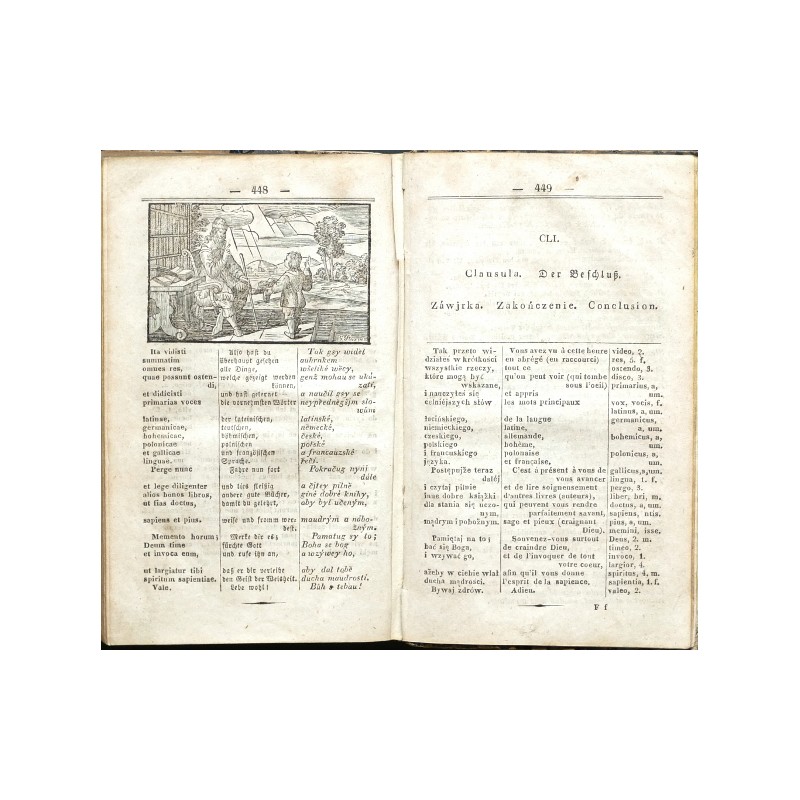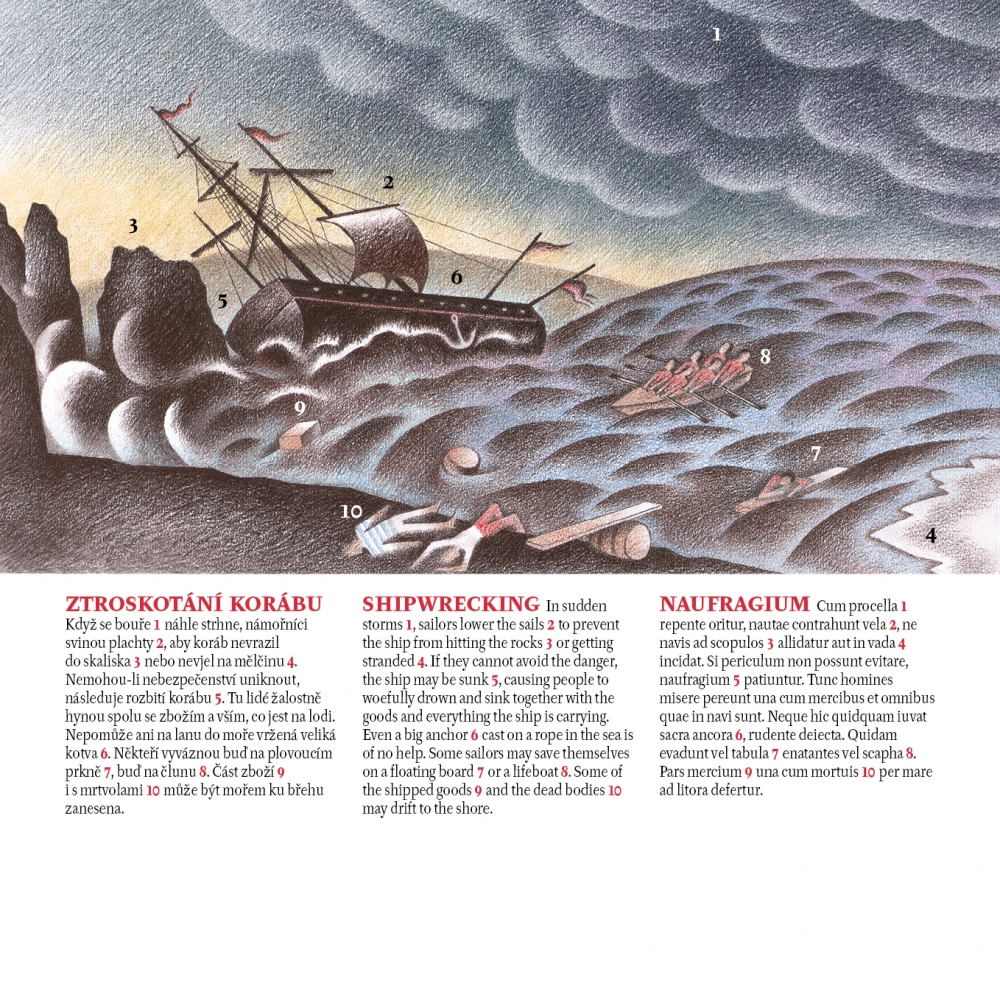

Yet there's an underlying sense of menace here, as through the various encounters Tereza's innocence is tested against a darker side of reality that, while only hinted at, is a disturbing presence all the same and sets up perfectly for the film's last revelations as we learn the contents of the letter and as Tereza finally comes face to face with her mother. 2023 Winner: Blue: A History of the Color as Deep as the Sea and. The name Orbis Pictus commemorates the work of Johannes Amos Comenius: Orbis PictusThe World in Pictures (1657), considered to be the first book actually planned for children. On the surface Orbis Pictus presents itself as a quirky and serene film about a young girl journeying in ignorance of the world around her. The Orbis Pictus Award, established in 1989, is the oldest children’s book award for nonfiction. All these people have stories to impart upon Tereza, and as the encounters become more and more surreal it becomes apparent that, as we see the film from a child's perspective, here a child's fantasy and imagination are melded with reality.

As she travels in a childish and innocent manner through the Slovakian countryside, she has numerous strange encounters with a variety of people, such as a well-to-do mobster, a man marrying his brother's much older widow, a famous singer (whose fame Tereza is entirely ignorant of), an old woman buried up to her waist in the ground and a man employed seemingly to burn brand new clothes. It showcases not only the most valuable prints from the 17th and 18th centuries, but also its more recent editions from the 19th and 20th centuries.From Slovakian director Martin Sulík, Orbis Pictus is a strange film that follows a teenage girl, Tereza, on a fanciful journey as she's sent home from boarding school with a letter for her mother. The exhibition, entitled Orbis Pictus / Throughout the Ages, is a joint project of the National Museum, the Pedagogical Museum and the National Comenius Pedagogical Library in Prague. The fact that it is still published today proves that it still has something to say even to contemporary readers.” Orbis Pictus was published 259 times and was translated into 19 languages. “I think that the numbers speak for themselves. 1991 Orbis Pictus Award Winners 1990 Orbis Pictus Award Winners 2003 Orbis Pictus Award Winner When Marian Sang by Pam Muñoz Ryan Brian Selznick (Illustrator) Call Number: 927.8 A548w. According to Mr Šípek, the textbook is relevant even today, more than 300 years after its first publishing. Orbis Pictus, which was still in use decades after Comenius’s death, is based on his fundamental principle of proceeding from the simple to the complicated. We could say Comenius was a great promoter of what we call project-based learning.” It was supposed to teach the children foreign languages in a playful way and at the same time teach them something about the world around them.

These awards are a valuable resource for teachers looking to introduce students to important themes and subjects, and they provide an opportunity for both teachers and readers to discover new books and authors. Photo: ČTK/Michal Krumphanzl “Comenius wrote Orbis Pictus in the first half of the 17th century, while working as professor in Sárospatak in Hungary. Books have the power to transform lives, and the Charlotte Huck, Orbis Pictus, and Excellence in Poetry for Children awards celebrate works that have the highest potential to do so.


 0 kommentar(er)
0 kommentar(er)
